Each year I plant a vegetable garden. I have a great southern exposed plot that gives me ample sunshine. I work the soil every year adding my own compost, mulch and a little help from Miracle-Gro. I make sure I get plenty of water and weed it regularly. It provides me enjoyment and hopefully gives a good crop yield throughout the season. One day, I hope to have a greenhouse for year round production and satisfaction. A greenhouse would allow me to add CO2 to the mix and boost production and yield! CO2 is a building block of life. Plants, trees and grasses all prosper when the air is enriched with extra CO2. So to the basics….
What is CO2? CO2 is an atmospheric gas that is 1 part carbon 2 part oxygen. Plants use it to produce carbohydrates via photosynthesis. Humans and animals depend on plants for food – photosynthesis is necessary for our survival. The more CO2 plants take in, the greater their robust growth and production.
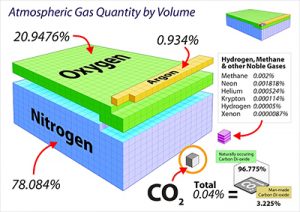
What is CO2’s relationship to the earth? CO2 is a greenhouse gas. Along with methane, ozone, water vapor, nitrous oxide and chlorofluorocarbons (CFC’s). As you can see it is a very small composite of our atmosphere at 400 parts per million.
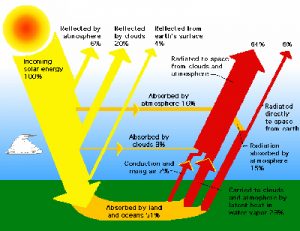
What is the Greenhouse Effect?
Greenhouse Effect is the retention of energy in our atmosphere by gases that absorb, or deflect solar radiation thereby warming the surface and atmosphere. Some refer to this effect as the “thermostat of the planet”.
NASA’s View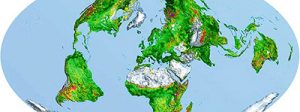
Recent satellite observations indicate an expansion of greening across the earth attributable to increased CO2 levels. This equates to more productive crops and improved yields of 14% growth in vegetation in past 30 years, of which 70% attributable to CO2.
The debate over whether CO2 is acting as the thermostat in the atmosphere has now spilled into public policy and beyond. How much CO2 is in our atmosphere and what percentage is contributed by manmade causes is what has been under the microscope the past 30+ years.
If CO2 is instrumental in plant growth and
beneficial to life, why is it viewed as harmful?
Present measurements reflect CO2 at 400 PPM (parts per million); the increase in the last hundred years in CO2 has been about 100 PPM. The debate among scientists is how much of that increase over the last hundred years is attributable to mans contribution and more specifically the contribution of this sum directly due to the combustion of fossil fuels.
The earth has experienced warmer periods than present and higher CO2 levels as well. (By the way most agricultural greenhouses double and triple the CO2 levels to stimulate growth, speed up harvest and maximize crop yields.)
* Climate Models are very complex computational equations – They produce predictions; they are not settled science.
* For the past 30 years, the climate models do not match up with satellite temperature measurements. In fact, almost all models far exceeded the observed temperature.
* The relationship between CO2 and temperature doesn’t correlate. The temperature warmed significantly in the 1st half of the 20th century with no CO2 emissions, then cooled for three decades beginning in the 1950’s (th “Next Ice Age”) when CO2 increased rapidly. The next 30 years sa a small temperature surge followed by a pause over the past 20 years.
In summary CO2 has become the boogeyman of climate – it’s effects on our atmosphere, while from most observations, have been, and are deemed beneficial (greening, growth, crop yields, crop production etc. – more food to feed our growing populations!) and its effect on temperatures is a moving target. (i.e. Does it proceed warming or follow it?)
The temperature has been rising (01.5°F/.08°C) since we came out of “the Little Ice Age” (1300AD – 1850AD) which followed the Medieval Warm Period (950AD – 1300AD) which was then 1.8°F/1°C warmer than present day.
Will it continue to rise? Will it reverse and start to cool? We’re still learning…..a better question might be:
What is or would be the ideal temperature for our planet?
Maybe it should be warmer?

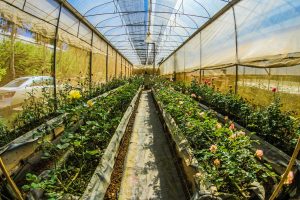

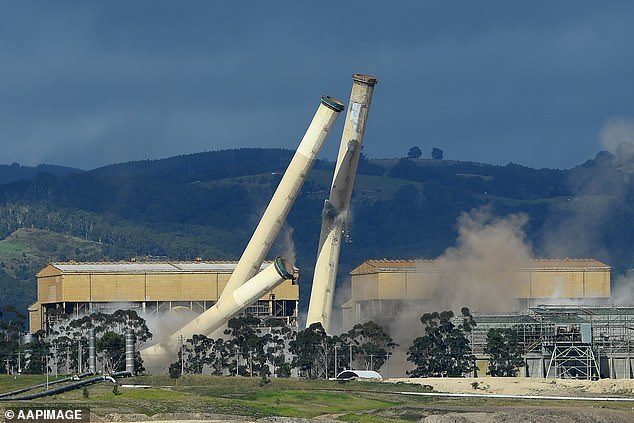

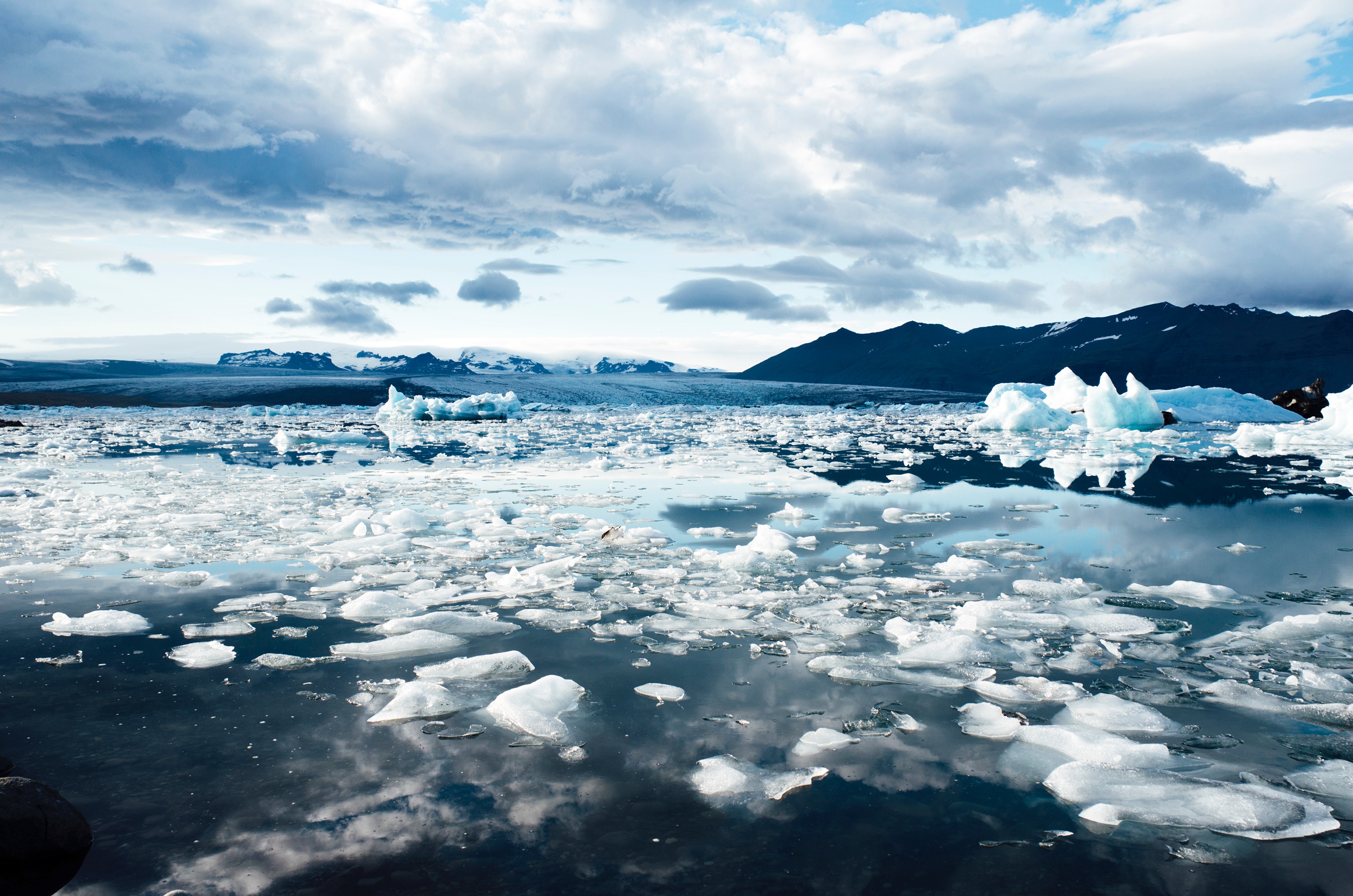
Recent Comments